Heritage schools in malls

We all know about schools sponsoring annual fairs combining characteristics of theme parks, tiangge (bazaars), carnivals, vaudeville, and a kind of modern courtship ritual for teenagers.
They’re fun, meant mainly as a break from academics, but with very little educational value.
The last few years, though, we’ve seen the “ber” months (October and November, with some spillover into December) featuring bazaars to capitalize on the Christmas holidays to stimulate retail sales in the malls, with pop-up booths.
For a change, these events have some educational value. I believe the educational events took off with Habi, which concentrated on traditional woven textiles with weavers from throughout the Philippines. This blended with the National Arts and Crafts Fairs organized by the Department of Trade and Industry, which included Habi. (This year’s Habi events extend over a month and are held in several venues.)
The Arts and Crafts Fair brought in Schools of Living Traditions, which were first established in 1995 by the National Commission for Culture and the Arts (NCCA), working with local governments. There are now 28 of these SLTs, serving 300 communities, which are tied to the Gawad sa Manlilikha ng Bayan, honoring traditional artists and artisans, many of whom are from indigenous communities.
The SLT booths in the arts and crafts fair have cultural presentations as well as exhibits and sales of their products, so attending these events becomes a secular pilgrimage, a chance for schools to send their faculty and students for heritage education.
I wanted to share my interactions with one of those schools based in Calinog, Iloilo and involving Panay Bukidnon communities. I first met them in 2019, at their SLT booth, with a young man selling clothing with panubok or artisan embroidery, each one with a story. The one selling panubok was 17-year-old Rennel Su-ay Lavilla, who, it turned out, wasn’t just selling the embroidery but was himself a producer. He was also a dancer, a chanter of epics, a maker of musical instruments (including the subbing, or Jew’s harp), and just this year, I found out he had become a babaylan or a traditional healer.
Rennel is now 23 and is a college student at the University of the Philippines Visayas. Back in 2019, while still in high school, he told me he intended to become a lawyer. It’s a ritual for me to ask each year if the dreams of law school might have changed through the years, and he is steadfast about that, but with some modification: it has to be UP, he explains.
Yes, I do ask if he will continue being an artist and artisan, and he assures me it is his life. I have no doubts he can become a hantup, a master artist who might someday become a Gawad sa Manlilikha.
The SLTs involve master artists and apprentices who attract some very young apprentices, and I can see how the appreciation of local heritage is nourished with pride. Indigenous peoples have had a tough time in the Philippines, with mainstream schools often putting down local heritage. I see this changing through the SLTs and the exhibits and trade fairs, which extend the boundaries of the SLTs.
I learned only this year that one of the most respected Gawad sa Manlilikha, Federico Caballero, who is from the Subanun Bukidnon, had died last year. It turned out Rennel had trained with Caballero. I also bought one of his embroidered works, which explains the worldview of the babaylan. He had actually shared with me, some years back, some of the symbols they used in the panubok but I had not really sat down with him to talk about the symbols of healing, something which he promised to do if I could just drop in before the end of this Arts and Crafts Fair. (The fair is on the fifth level of SM Megamall and runs until Oct. 29.)
Look at the many links bringing people together. There’s Rennel and the Caballero family, as well as Rennel’s exposure to UP Diliman faculty, in particular Cristine Muyo from the College of Music, who wrote ”Sibod,” the first full-length book about Subanun Bukidnon culture. Rennel had also studied with Alicia Magos, professor emeritus at UP Visayas and an anthropologist. And government support: the NCCA, the Department of Trade and Industry, and the office of Sen. Loren Legarda.
It’s this kind of heritage networking that’s going to be so important for the future. I think of my own children, fortunate enough to have met these artisans, including those around their age. I don’t exactly like malls, but they are at least being put to good use through crafts fairs and Schools of Living Traditions.
—————-
michael.tan@inquirer.net

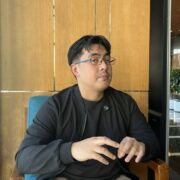
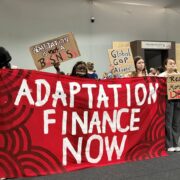
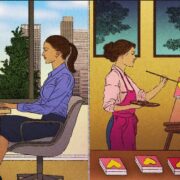




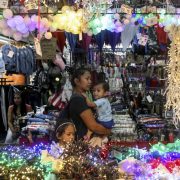
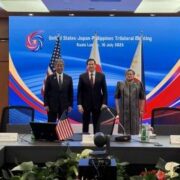



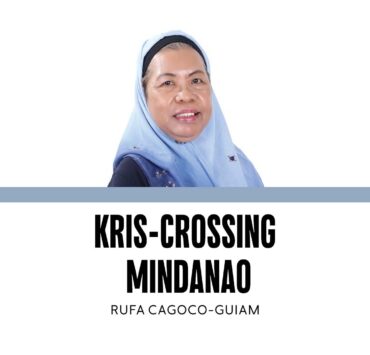




Strategic view on maritime governance